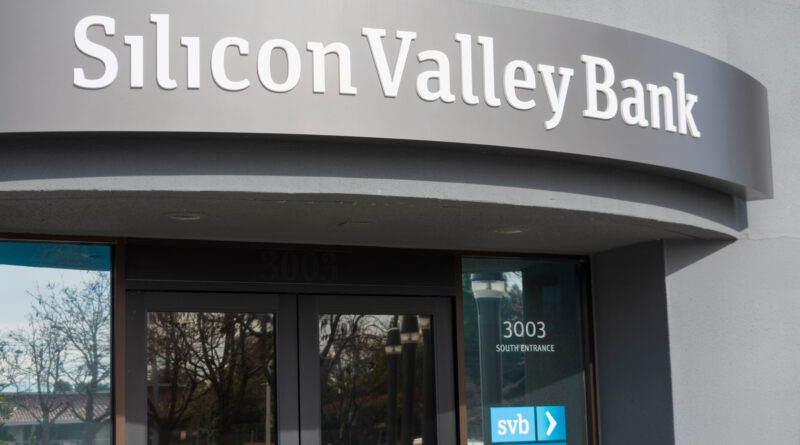A Mini-Explainer on the Silicon Valley Bank Collapse
17,139 total views, 1 views today
Silicon Valley Bank (SVB) was founded in 1983 and has since become one of the most well-known and important banks in the United States. It has been known for its focus on technology startups and venture capital firms, especially in the Silicon Valley area of California. So why did it suddenly collapse this month? Read on below to find out.
What happened?
The first sign of the upcoming collapse was on March 8th, when SVB made an announcement that it needed to raise $2.2 billion because of “market volatility.” The bank assured the public that there was no need to worry and that it had everything under control, but account holders weren’t convinced.
This led to a significant drop in the bank’s stock price and a loss of confidence among its customers. Many customers began withdrawing their funds from the bank, which put further pressure on its finances. As a result of these challenges, SVB Financial Group was forced to declare bankruptcy on March 17th. This came as a shock to many people who had invested in the bank or had accounts with it.
What does this mean for customers?
Customers who had accounts with SVB have been advised to withdraw their funds from the bank as soon as possible. The bank has assured them that their deposits are still insured by the Federal Deposit Insurance Corporation (FDIC), which means that they will be reimbursed up to $250,000 per account if the bank is unable to return their money.
There are concerns, however, that this may not be enough to cover all of the losses incurred by customers who had large deposits with SVB. Some experts have warned that there could be a domino effect if other banks begin to fail as well. Experts are calling this the worst bank failure since the 2008 recession, but hopefully it won’t lead to sustained financial problems in other institutions.
What will this mean for the banking industry?
The collapse of SVB has sent shockwaves through the banking industry, particularly among banks like SVB that specialize in serving technology startups and venture capital firms. Many people are now questioning whether this business model is sustainable in the long run.
Some experts have suggested that there needs to be more regulation of these types of banks to prevent similar collapses from happening in the future. Others argue that this is simply part of the natural cycle of innovation and fallout that comes from the culture of Silicon Valley.
Did SVB officials know this was coming?
One thing that makes this disaster even more controversial is the fact that several high-up SVB execs liquidated their stock in the weeks prior to the bank’s collapse. For example, SVB’s CEO and President Greg Becker sold over $3.5 million worth of company stock during the month of February. The FBI, SEC, and DOJ are all investigating the situation to see if there was any insider trading going on among the higher-ups at SVB.

